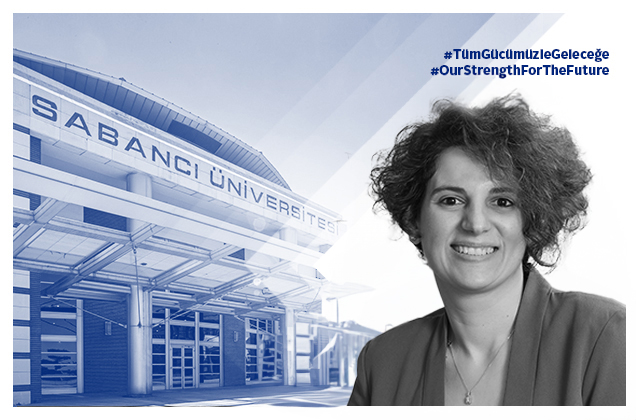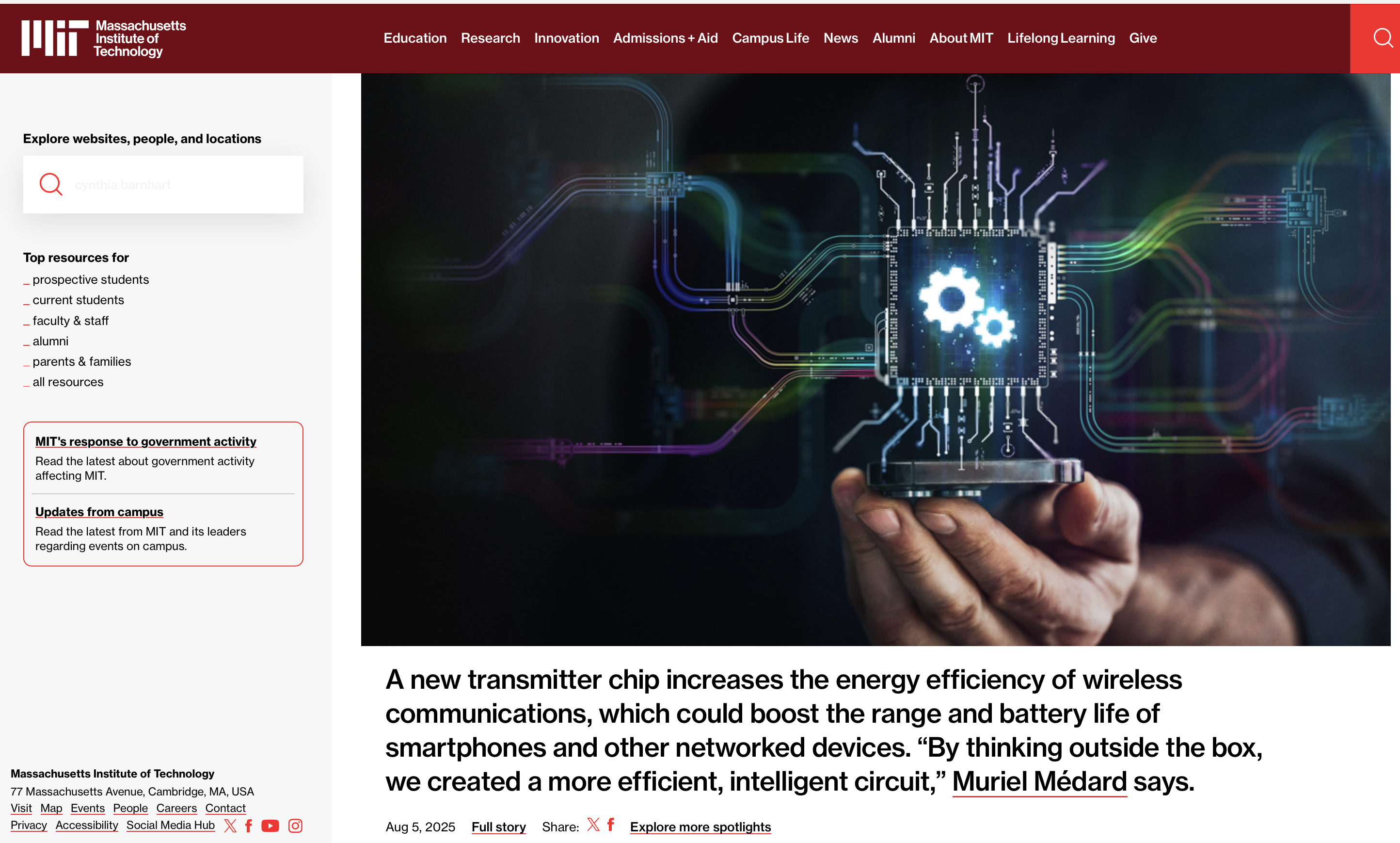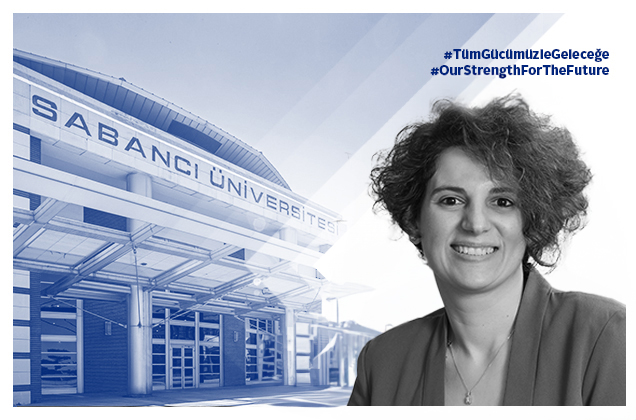12/08/2025
The Project of Our Graduate Associate Professor Rabia Tuğçe Yazıcıgil and Her Students Featured on MIT's Homepage
The work of an international research team, including our Sabancı University Electronic Engineering alumna and Boston University faculty member Associate Professor Rabia Tuğçe Yazıcıgil, was featured on the Massachusetts Institute of Technology (MIT) homepage. The team took a significant step toward improving energy efficiency in wireless communications with their transmitter design, “A Fully Integrated Optimal Modulation Bits-to-RF Digital Transmitter using Time-Interleaved Multi-Subharmonic-Switching DPA” , published at the 2025 IEEE Radio Frequency Circuits Symposium.

The theoretical basis of the integrated transmitter chip, designed by our graduates Timur Zirtiloglu (BSc Electronic Engineering, 2019) and Arman Tan (BSc Electronic Engineering, 2022), who are pursuing their doctoral studies at Boston University under the supervision of Dr. Yazıcıgil, and which has very low power consumption thanks to the optimal modulation technique, was developed by Başak Özaydın, a PhD student at MIT, Prof. Muriel Médard (MIT), and Prof. Ken Duffy (Northeastern University).
In wireless devices, transmitters convert digital data into electromagnetic waves and transmit them to the receiver. In traditional systems, interference can be reduced by sending symbols at equal intervals; however, this method cannot adapt to changing channel conditions, leading to efficiency losses. The new chip developed by the research team uses a technique called optimal modulation, which transmits symbols at non-uniform intervals and dynamically adapts to channel conditions. This method reduces energy consumption and increases data transmission speed.

To address the problem of irregular symbol structure, which increases the risk of errors in dense wireless environments, the researchers add a small amount of padding, in the form of extra bits between symbols, so that every transmission is the same length. This allows the receiver to easily detect the beginning and end of each transmission.
The universal decoding algorithm previously developed by the team, called GRAND, which can crack any code by guessing the noise that affected the transmission, played a critical role in the success of this approach.
Researchers from MIT, Boston University, and Northeastern University have designed a novel transmitter chip that significantly improves the energy efficiency of wireless communications, which could boost the range and battery life of a connected device. The flexible chip could boost the performance of current electronics and meet the more stringent efficiency requirements of future 6G technologies.
The research team includes Muriel Médard, the School of Science NEC Professor of Software Science and Engineering, a professor in the MIT Department of Electrical Engineering and Computer Science (EECS); Timur Zirtiloglu, our graduate, who is pursuing his doctoral studies in the Department of Electrical and Computer Engineering (ECE) at Boston University (BU); Arman Tan, our graduate, who is pursuing his doctoral studies in the ECE Department at BU; Başak Özaydın, a doctoral student in EECS at MIT; Professor Ken Duffy from Northeastern University; and Rabia Tuğçe Yazıcıgil, our graduate and an associate professor in the Department of Electrical and Computer Engineering at BU.


